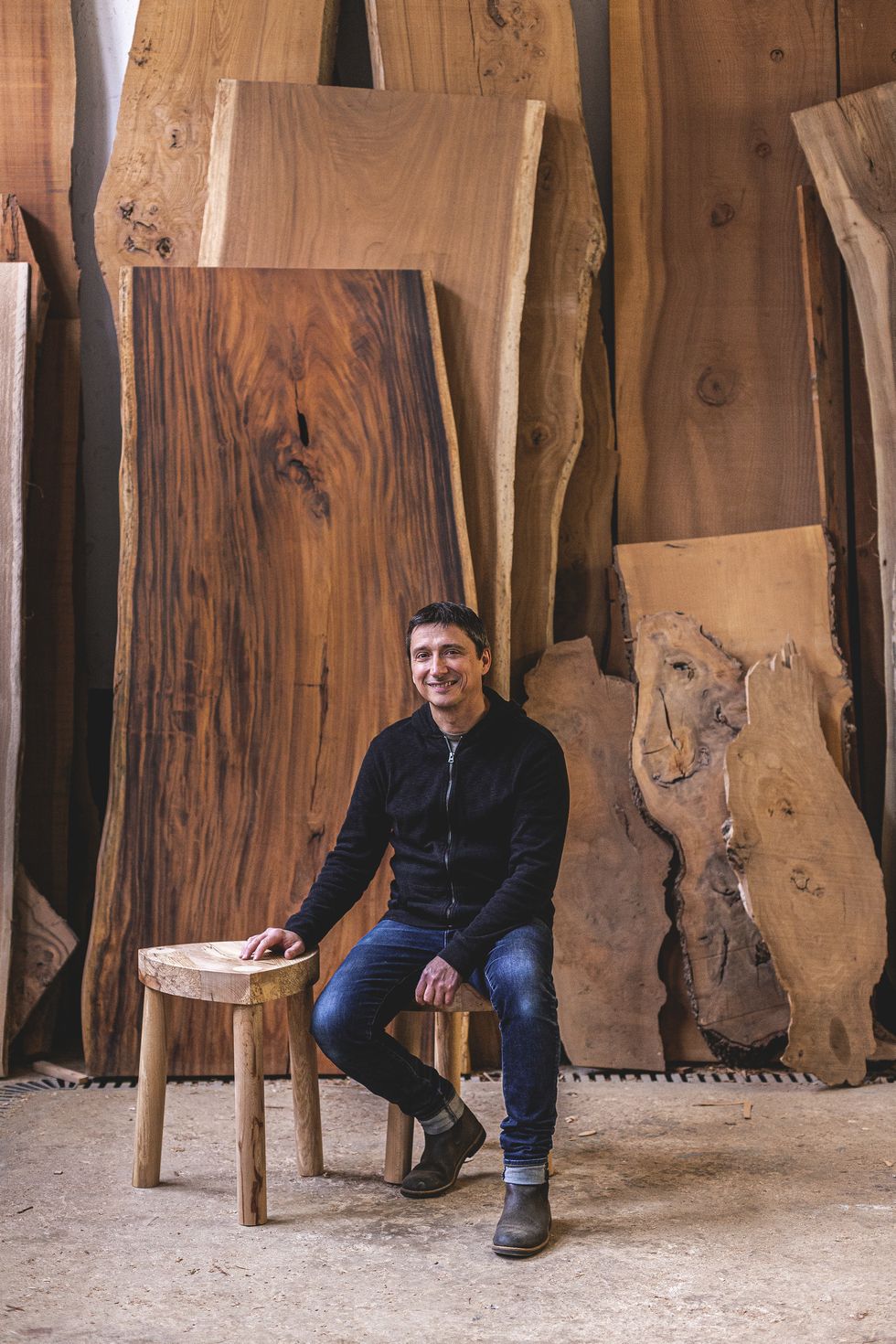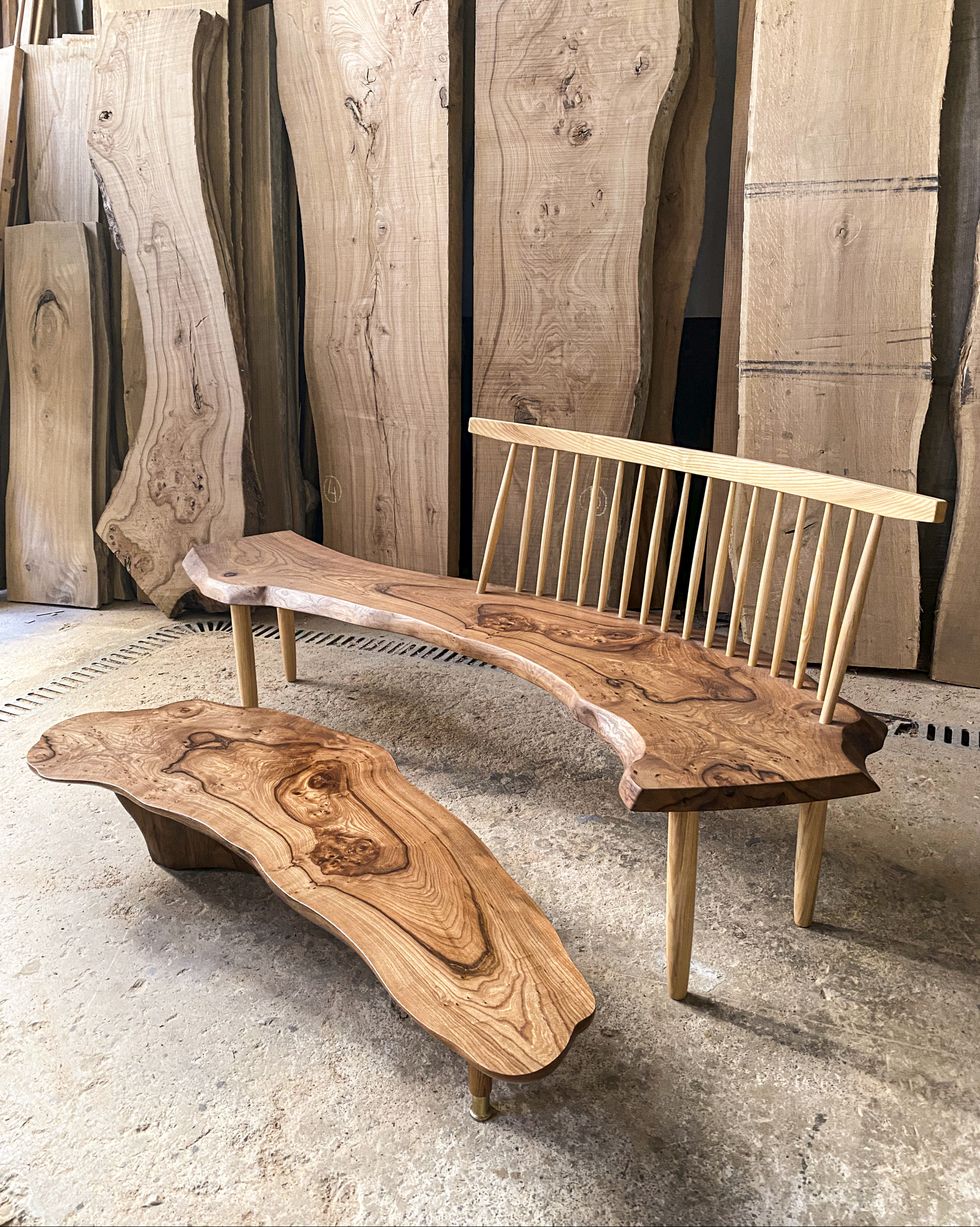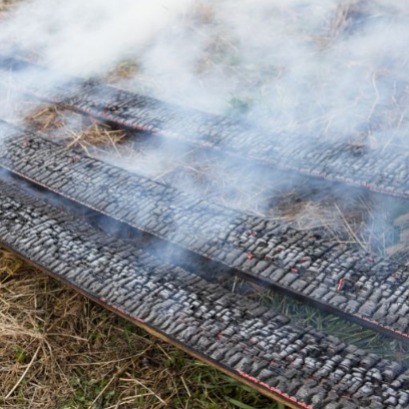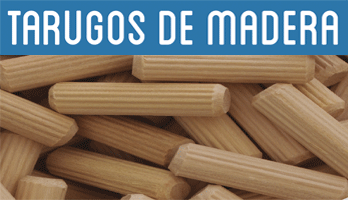
The Cabinet Maker whose exclusive furniture worships wood
With the patience of a farmer, the passion of an artist and the virtuosity of a goldsmith, the cabinetmaker Xavier Mas takes a journey that goes from the tree to the final piece, a unique solid wood village.
When I was a child I already wanted to be a carpenter. Last January he received the title of master cabinetmaker in Catalonia, a diploma that is awarded only to one craftsman from each guild per year, who must meet demanding requirements. After graduating in Fine Arts from the University of Barcelona in 1990, Xavier Mas painted paintings and worked in museums such as the MoMA and the Guggenheim in New York, at the Macba, the Miró Foundation and other centers producing exhibitions. But more than 20 years ago he chose to give himself over to his passion, working with wood, to which he gives a meaning aligned with his creative sensibility. From the beginning he sought a training more connected to this ancestral trade and less focused on the industrial, an artisanal approach that he found in the masters Jacques Vanlommeren and Pere Mascarell. He founded his workshop in Barcelona and created his brand Mas Fuster ("carpenter" in Catalan). He creates, with virtuosity and high quality, unique furniture with solid wood from trees that he looks for in the north of Spain and the south of France, and that, sometimes, he lets it dry for a long time until it is ready to be worked in an artisanal way. . "The word respect sums up what I do. -He explains to us-Respect for the craft: I am impressed by how it has passed from parents to children, from teachers to apprentices, for years.
And respect for the tree. I am clear that we work with something that was a living being. Trees have been on this earth long before us, they give us life, and the minimum is to do the best possible when you use them." And he adds: "As the designer George Nakashima, author of the book "The Soul of the Tree," said "We are taking what is left of it and extending its life." In Xavier's designs it is clear that the protagonist is the wood: "The simpler the furniture is, the more beautiful it is because you will be able to see the wood better. The varnished ones, that are as natural as possible, and the less dyed, the better. The wood, the more wood, the better." This craftsman masters the language of trees: "Suddenly you see some that are unrepeatable and, when you learn to read the wood, you can see in its grain the life it had, the winters it has in the past, when a branch broke..." last generations"
POR ANA RODRÍGUEZ


IT MAY INTEREST YOU
 Combilift and CMETB Celebrate 10 Years of Pioneering Engineering Traineeship
Combilift and CMETB Celebrate 10 Years of Pioneering Engineering Traineeship
This week saw a landmark celebration at Combilift?s global headquarters in Monaghan, marking the 10th anniversary of the highly successful OEM Engineering Traineeship?a collaborative initiative between Combilift and the Cavan and Monaghan Education and Training Board (CMETB). The event, which welcomed past graduates, current trainees and local educators, underscored the programme?s evolution from a local skills initiative to a cornerstone of regional industrial development.
 Know the Guayubira tree: one of the native timber species of the missionary jungle
Know the Guayubira tree: one of the native timber species of the missionary jungle
With information from the Native Missions Species Manual (2024), developed in collaboration between the Faculty of Forest Sciences of the UNAM and the United States Forest Service (USFS) through the Project Update and Edition of the Wood Identification Manual of the Missionary Jungle, we share information from each digital tab that includes dendrological and anatomical characteristics. The manual was elaborated in the Wood, Dendrology and Dendrocronology Anatomy Laboratory (LAMDYD) of the Faculty of Forest Sciences in Eldorado, National University of Misiones.
 Burned wood: the Japanese technique that beautifies and protects the material
Burned wood: the Japanese technique that beautifies and protects the material
Elegant, ecological and resistant: the wood treated with the millenary technique called Yakisugi challenges the weather and the passage of time. In the world of design and construction, a Japanese ancestral technique is gaining prominence. This is the Yakisugi (also known as Shou Sugi Ban), a method that consists in burning the surface of the wood to make it more resistant and attractive. Although it may seem contradictory, exposing wood to fire gives natural protection against moisture, insects and deterioration over time.





















